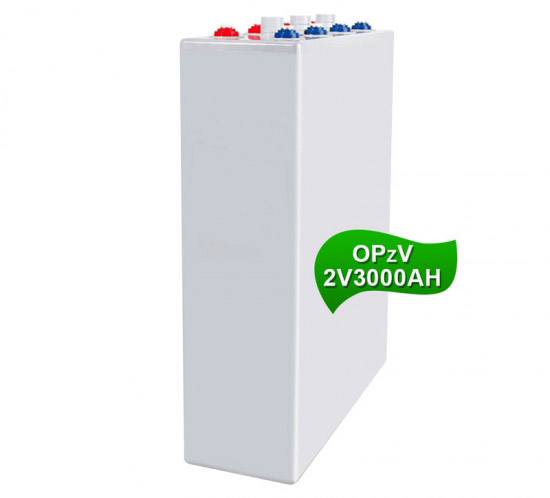OPZV batteries are widely recognized for their robustness and long service life, making them a popular choice for demanding applications. While much attention is given to the internal components of these batteries, the design and material of the terminals are equally important. This article explores how terminal design impacts the performance of OPZV batteries.
Terminal Design Considerations
The design of OPZV battery terminals must balance electrical conductivity, mechanical strength, and ease of installation. Terminals are typically designed to accommodate different types of connectors, such as bolts, clamps, or lugs, depending on the application. The shape and size of the terminals are also critical, as they must provide sufficient contact area to minimize resistance and prevent overheating.
Material Impact on Design
The choice of terminal material directly influences the design. Lead terminals, for example, are malleable and can be easily shaped to fit various connector types. However, their softness necessitates careful design to prevent deformation during installation. Lead alloys, on the other hand, offer greater mechanical strength, allowing for more robust terminal designs that can withstand higher torque and mechanical stress.
Performance Implications
The design and material of the terminals have a direct impact on the battery’s performance. Poorly designed terminals can lead to increased resistance, resulting in energy loss and reduced efficiency. Additionally, terminals that are not mechanically robust can fail under stress, leading to connection issues and potential safety hazards. Therefore, careful consideration of terminal design is essential to ensure optimal battery performance.


